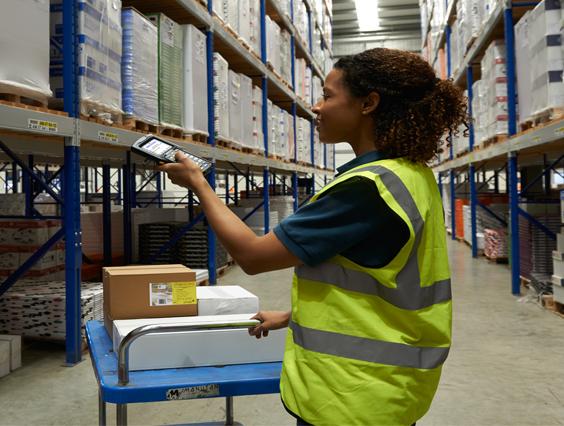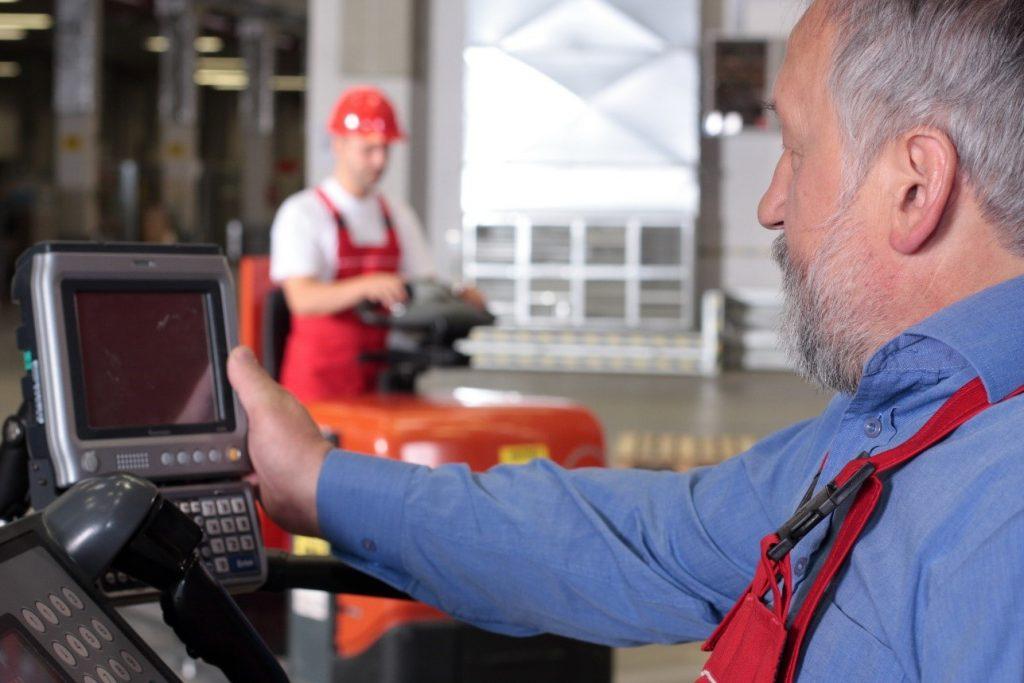Whatever industry you work in, or whenever you step foot in any type of shop, one fact remains to be true – barcodes, and therefore barcode readers or scanners are everywhere.
Whether you are a manufacturer and utilise the innovative tags to track the movement of your products, or whether you are a consumer and are purchasing products that contain the traditionally black and white codes, it is an inevitable fact of life; almost every single human on the planet, in one way or another, will come into contact with a barcode during their lifetime.

But how do barcodes actually work? And how can I utilise them in my company, to improve efficiency and productivity? Read on to find out more!
The Barcode and its
Although they appear simple, there is actually far more going on under the surface of a barcode.
A barcode is made up of 95 evenly spaced columns, which reflect either a lot of light (the white spaces) or virtually none (the familiar black lines).
Computers only understand ‘1’s or ‘0’s: the columns that reflect with virtually no light read as a ‘1’, whereas the columns that reflect lots of light are considered as a ‘0’.
The 95 numbers are then grouped into 15 different sections – 12 of these sections are used to produce the long code that is visible at the bottom of the barcode. The remaining three sections are then used as guards (more on this in the section on how do barcode scanners work section below).
With this information, we can then break down the numbers at the bottom of the barcode. The first digit tells us what type of barcode this is. Different digits correspond to what type of industry the product is from, for example, ‘0’ is a standard barcode whereas ‘5’ often refers to products that are pharmaceutical.
The next five digits are the manufacturer’s unique code. The second set of five digits is the products identity code. Finally, the last digit on the right-hand side is called the check character which is a form of error checking.
For more information on the barcode and how a barcode works, including its humble roots and some interesting facts, take a look at one of our most recent blog posts.
How Do Barcode Scanners Work?
With so much information contained in such a small space, it is understandable that barcode readers have to be as sophisticated as the codes that are being read, but how do barcode scanners work?
Breaking it down into simpler steps, the barcode scanner always scans from left to right. The 12 sections are collated by the reader. The other three alluded to earlier are used as guards, and let the computer know where the barcode begins and ends.
The codes on the left always have an odd total number of ‘1’s, and the codes on the right always have an even number of the same digit. This is important as it alerts the computer as to whether the barcode is being read upside down.
In addition, for further checks, the codes on the left side always begin with a ‘0’ and end with a ‘1’. This is reversed on the right side, where all of the codes begin with a ‘1’ and end with a ‘0’.
After the reader has processed the entire barcode, including the 12 separate sections that are made up from the white and black lines, and the numbers at the bottom of the barcode, it performs one final check and processes one last calculation, with the answer being the check character.
Without completely confusing things, a formula is calculated in the split second that the reader takes to process the barcode, and the answer is this final check character that we keep returning to. This is how the reader knows that it has read the barcode correctly.
The information is sent through to the computer, which performs the desired task. If in a supermarket, this could be locating the price of the product and charging the customer this. In stock management, this could be locating the product and calculating how many are in stock, or even where the product can be found in a warehouse.
GSM Barcoding
There are hundreds of different uses for barcodes across all industries.
Here at GSM Barcoding, we can help provide all of the above barcoding systems seamlessly to your company.

If improving efficiency, productivity and stock management sounds attractive and would benefit your company, do not hesitate to contact us today.


















